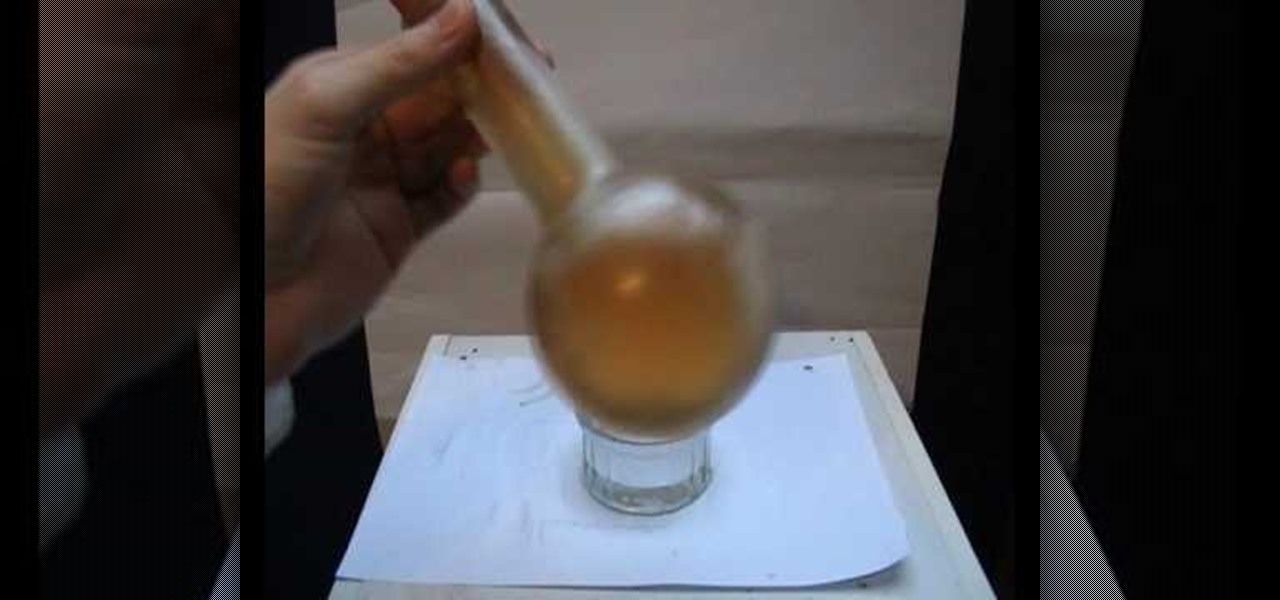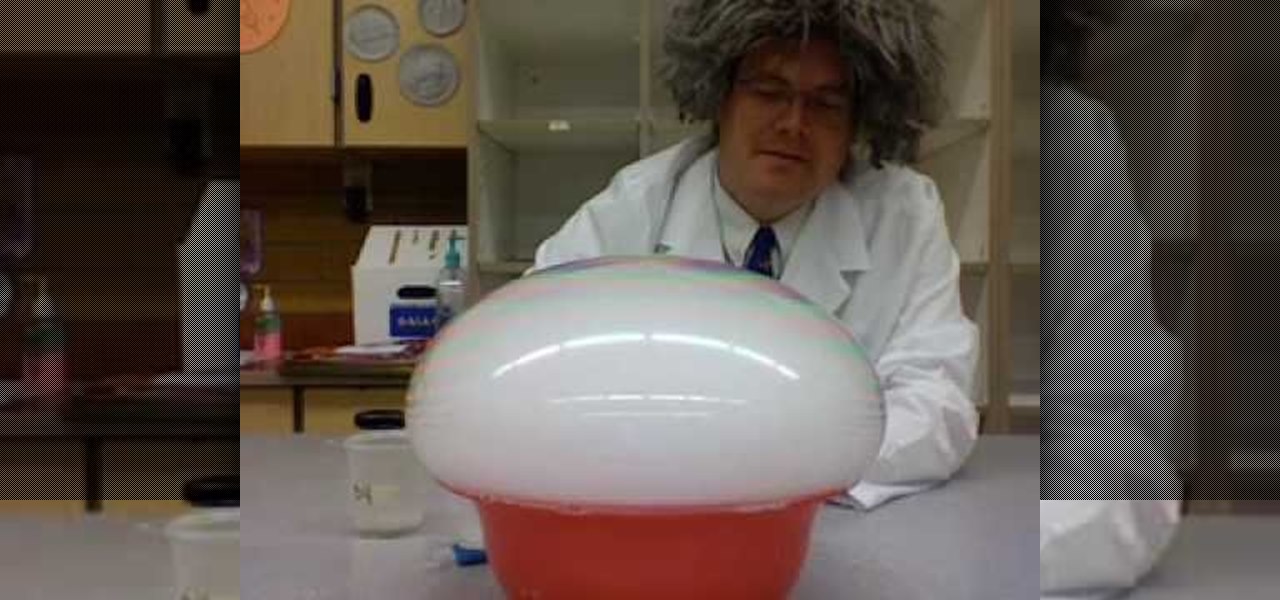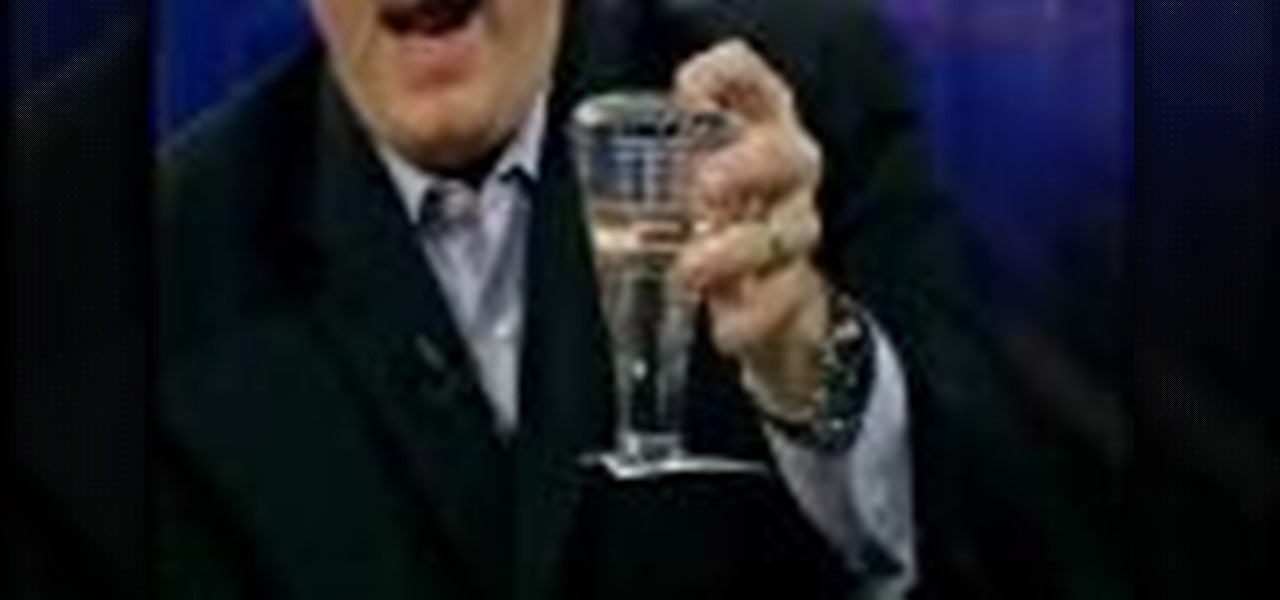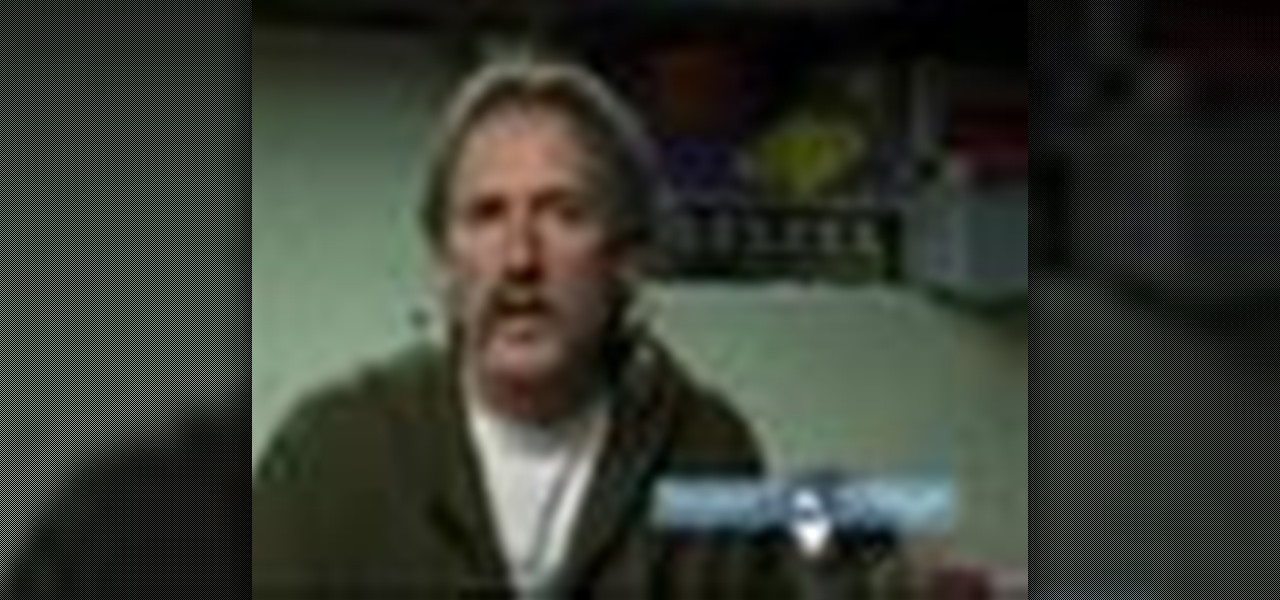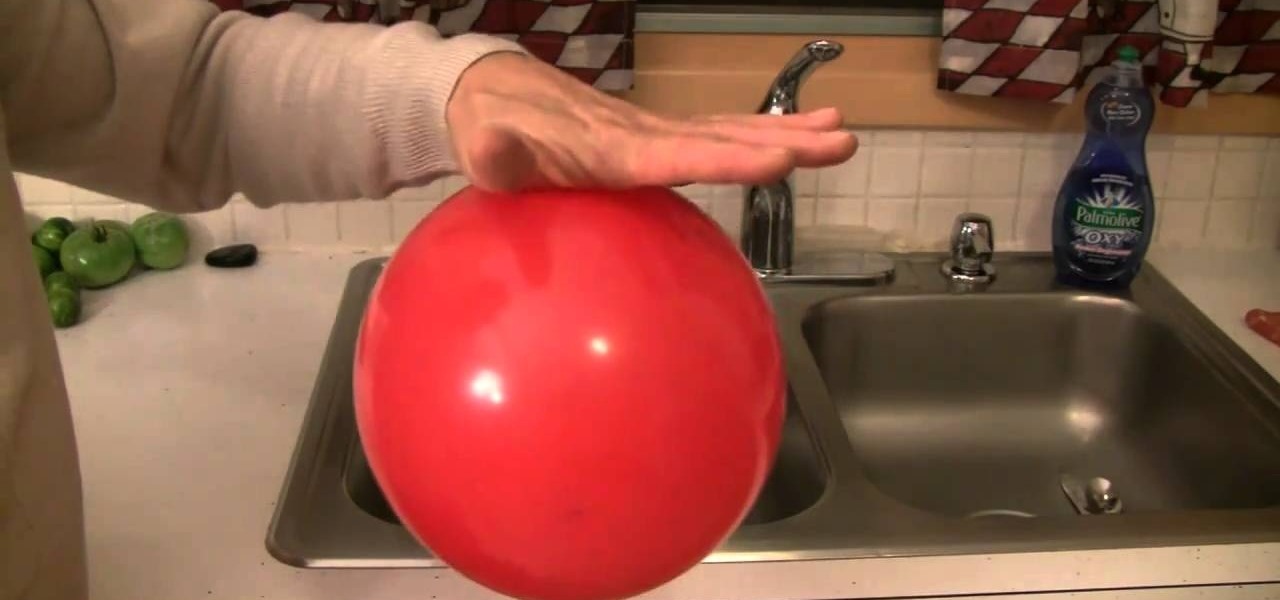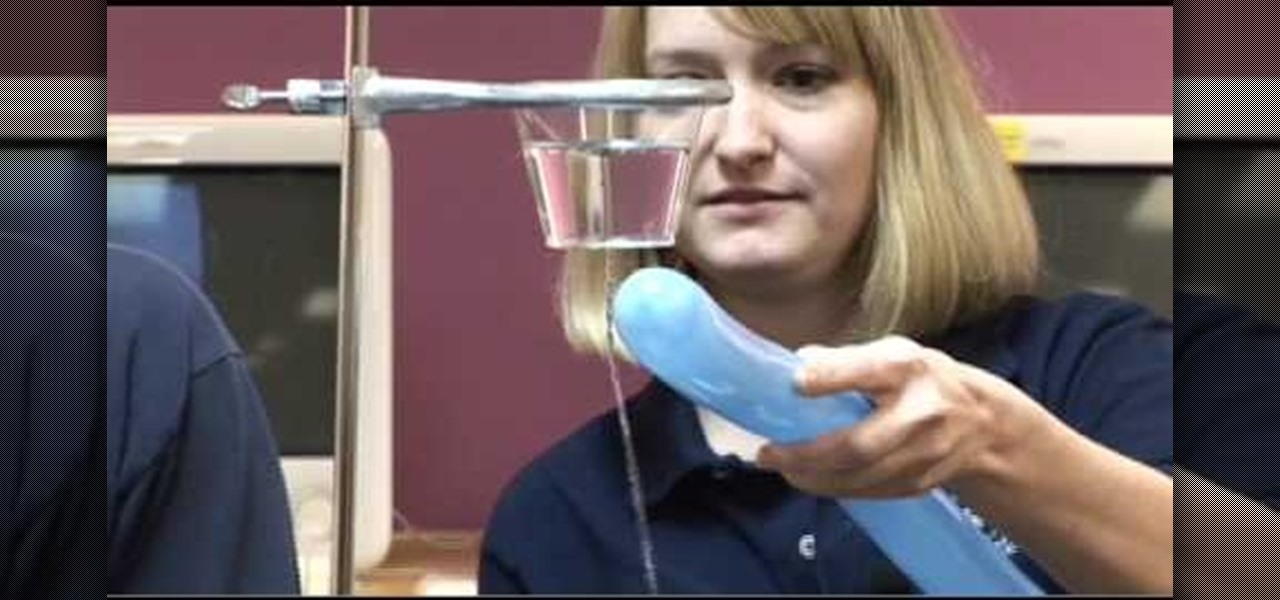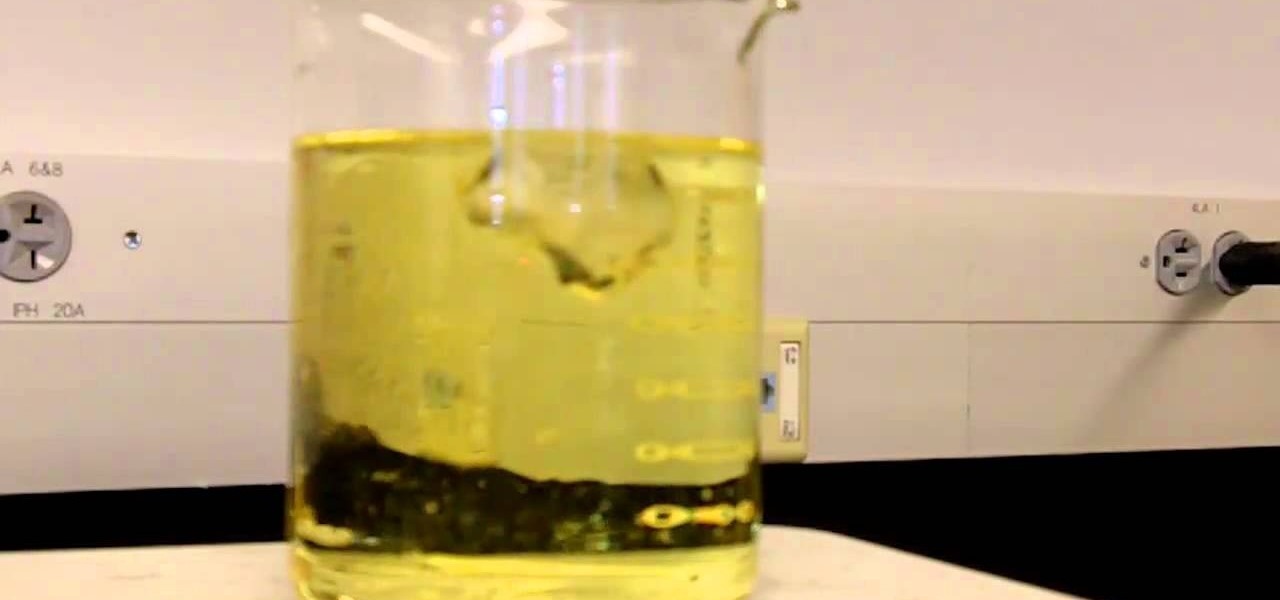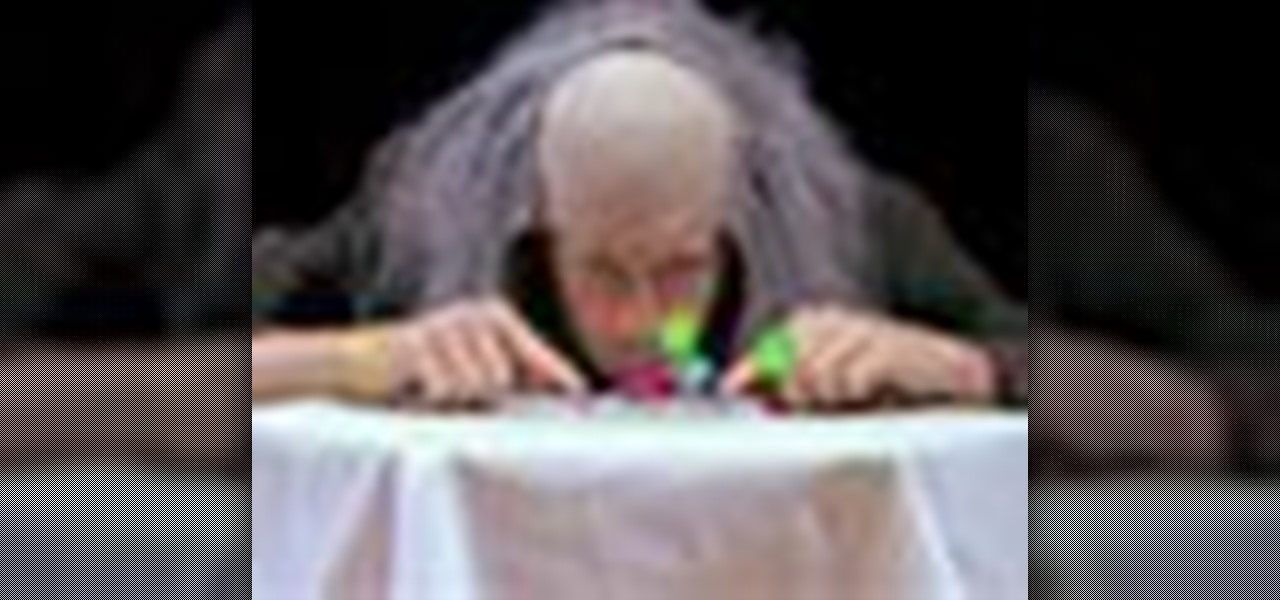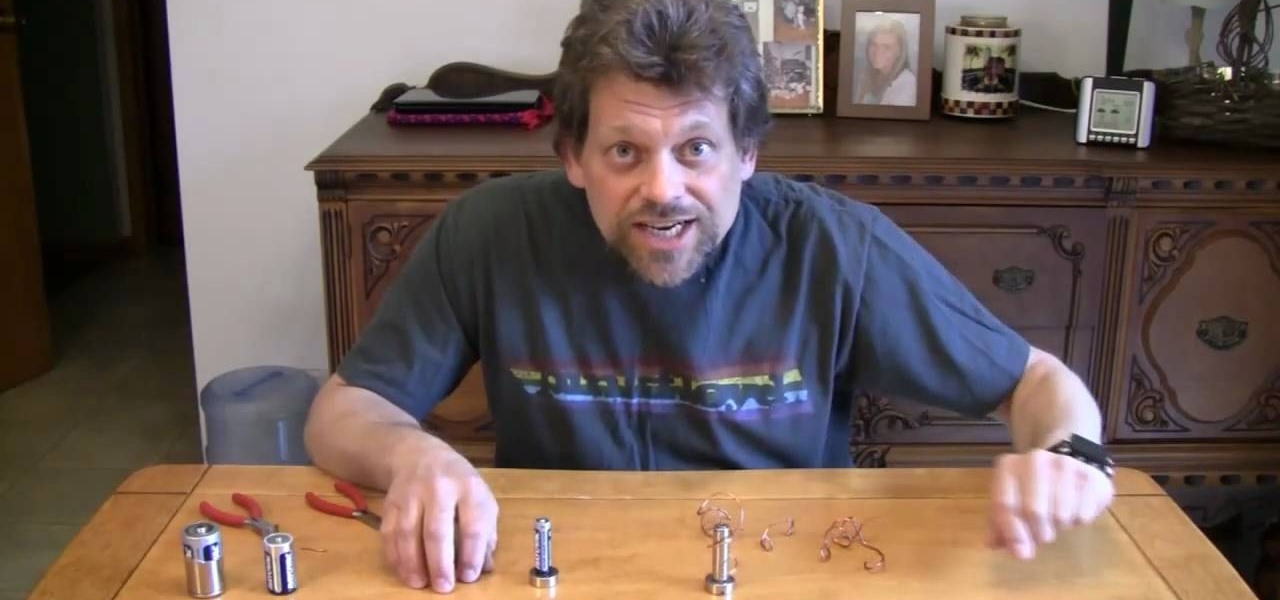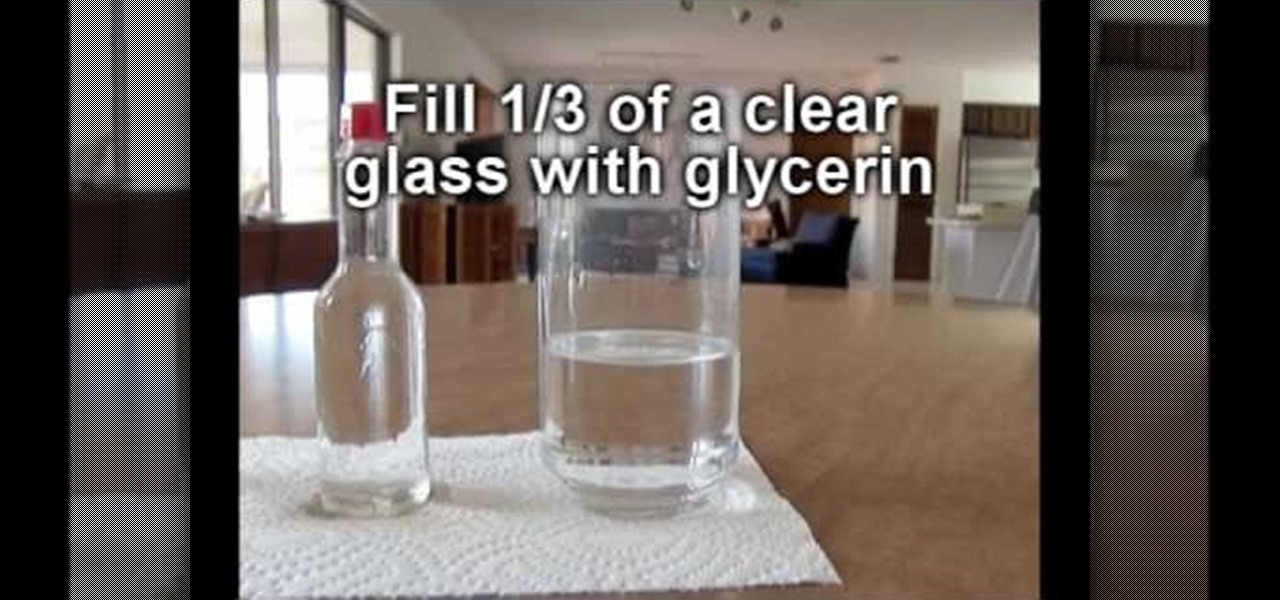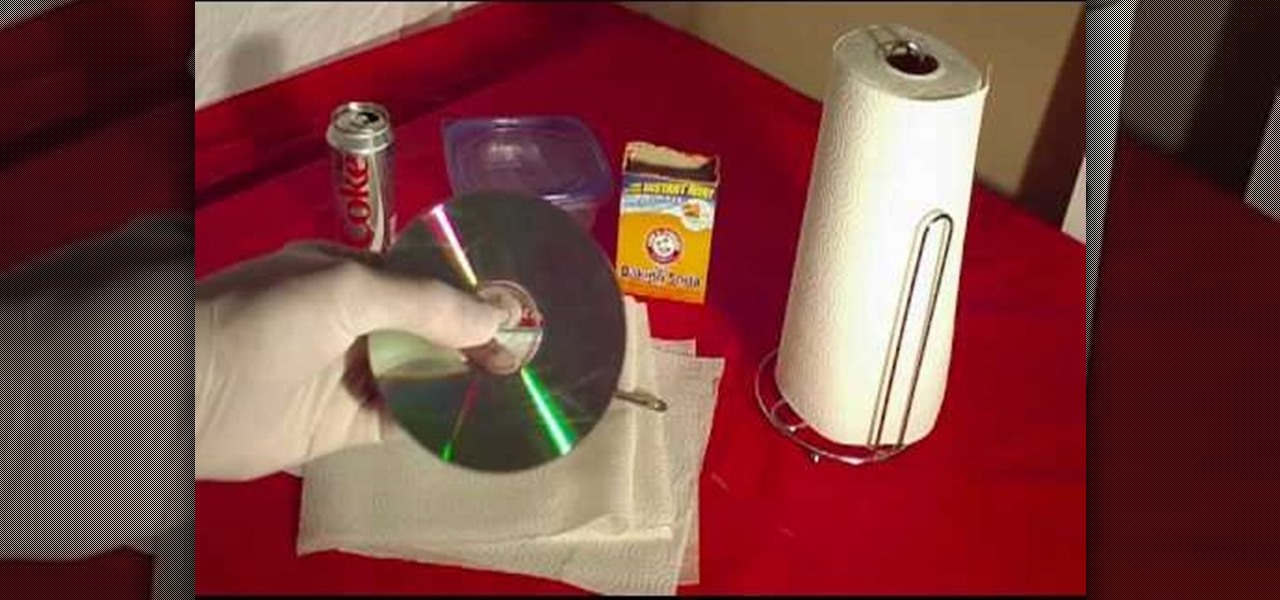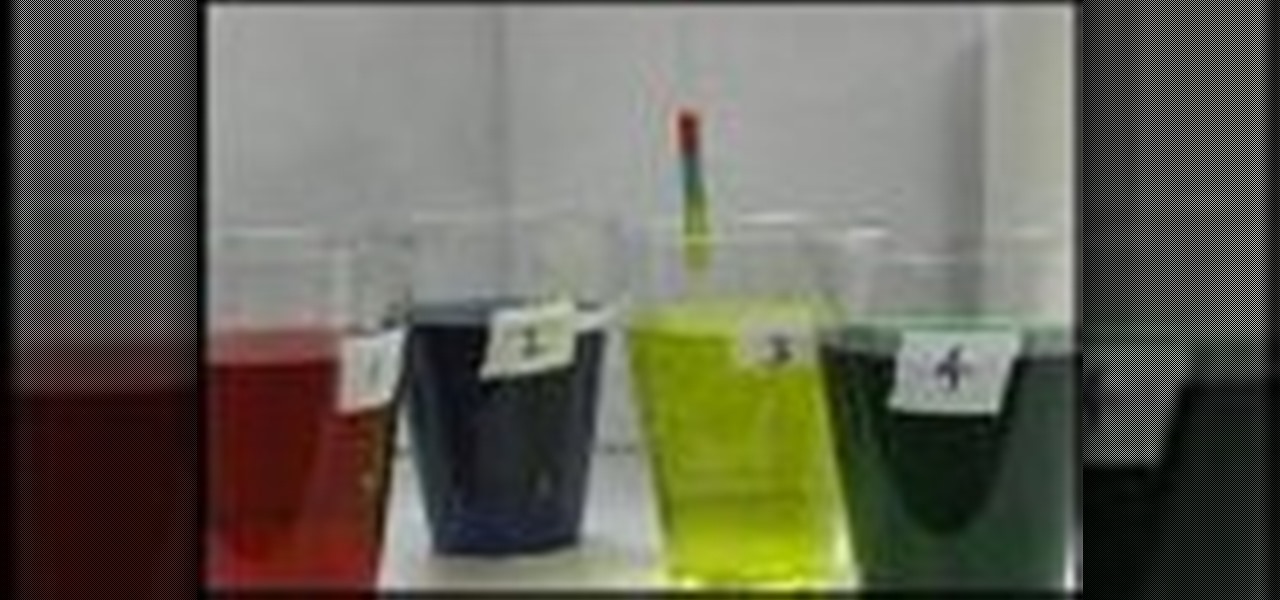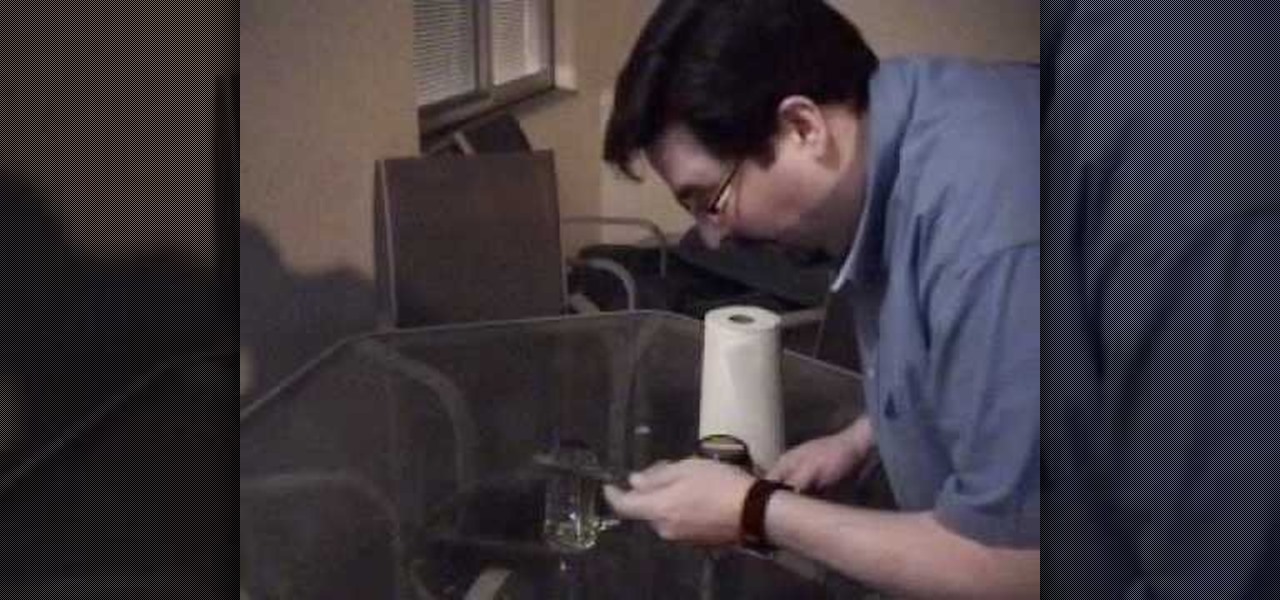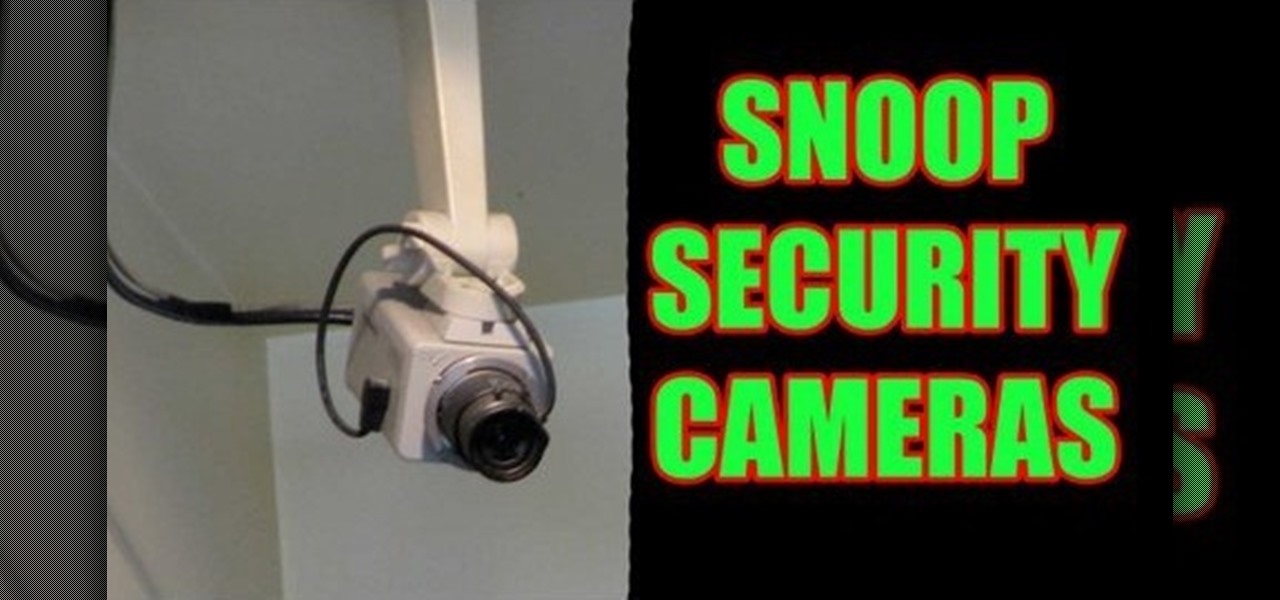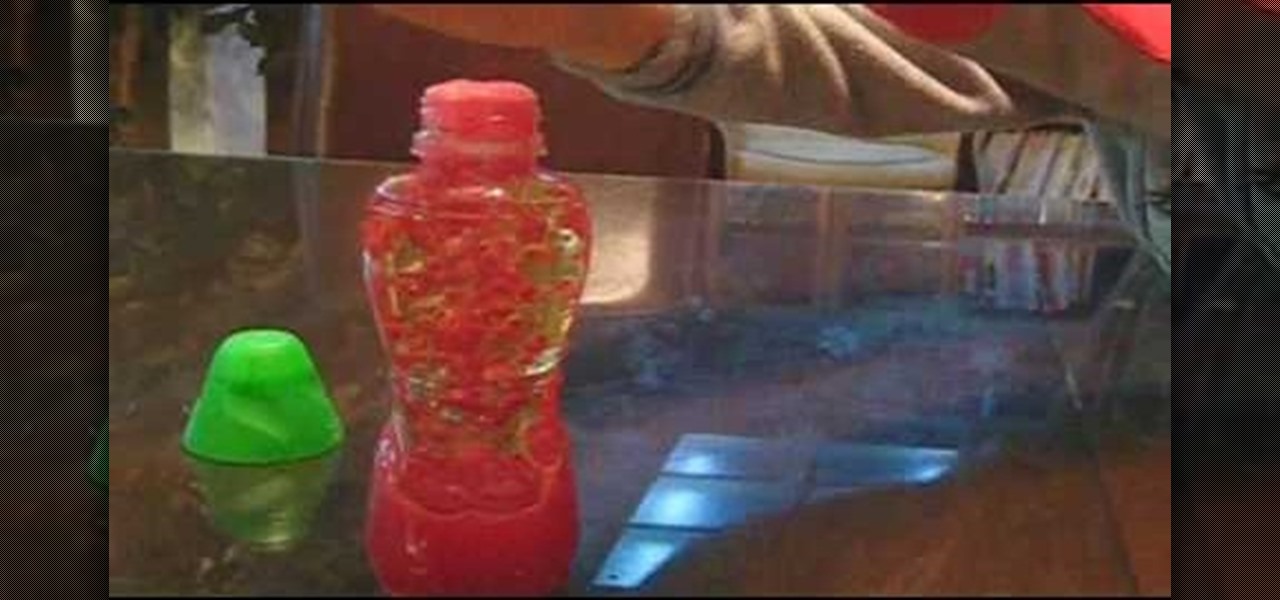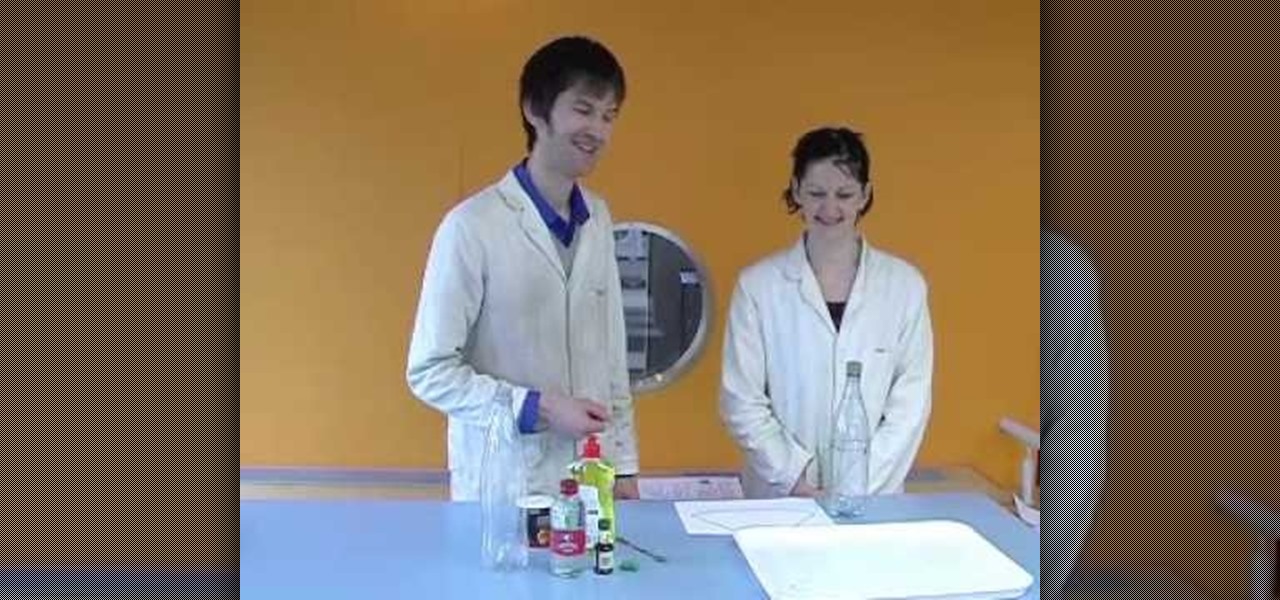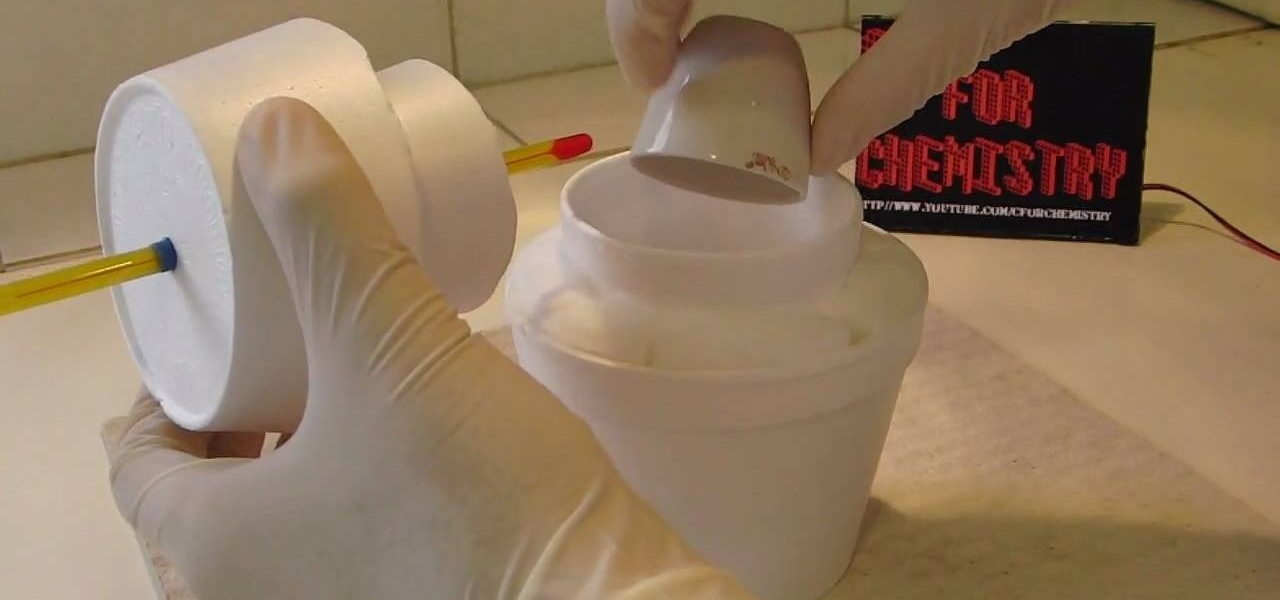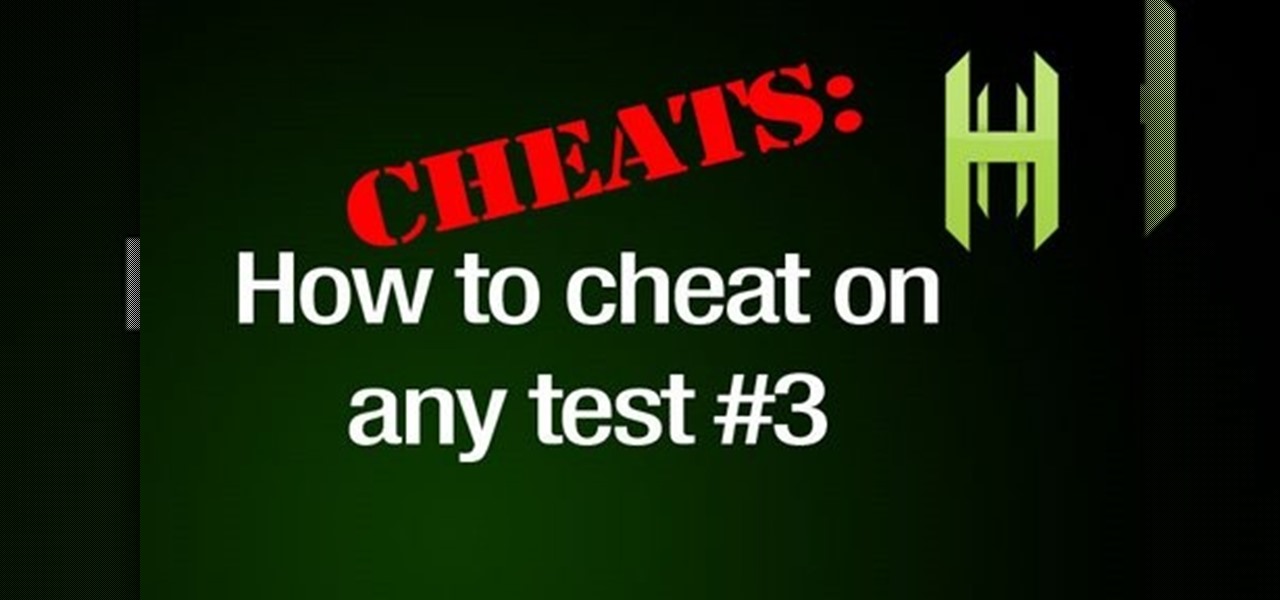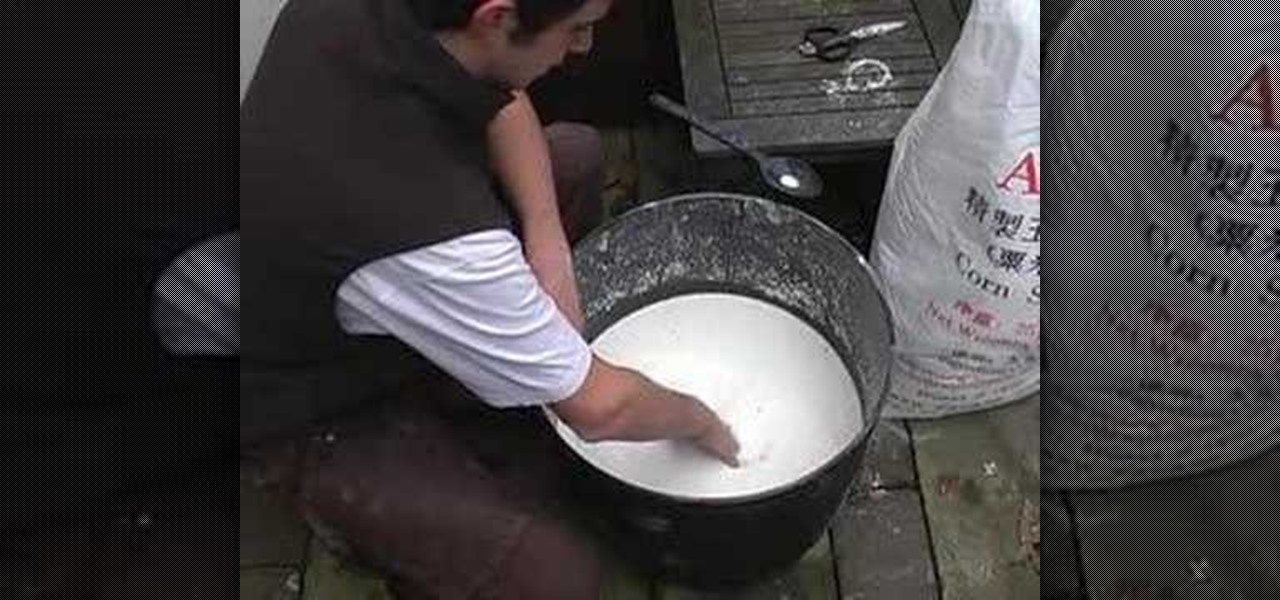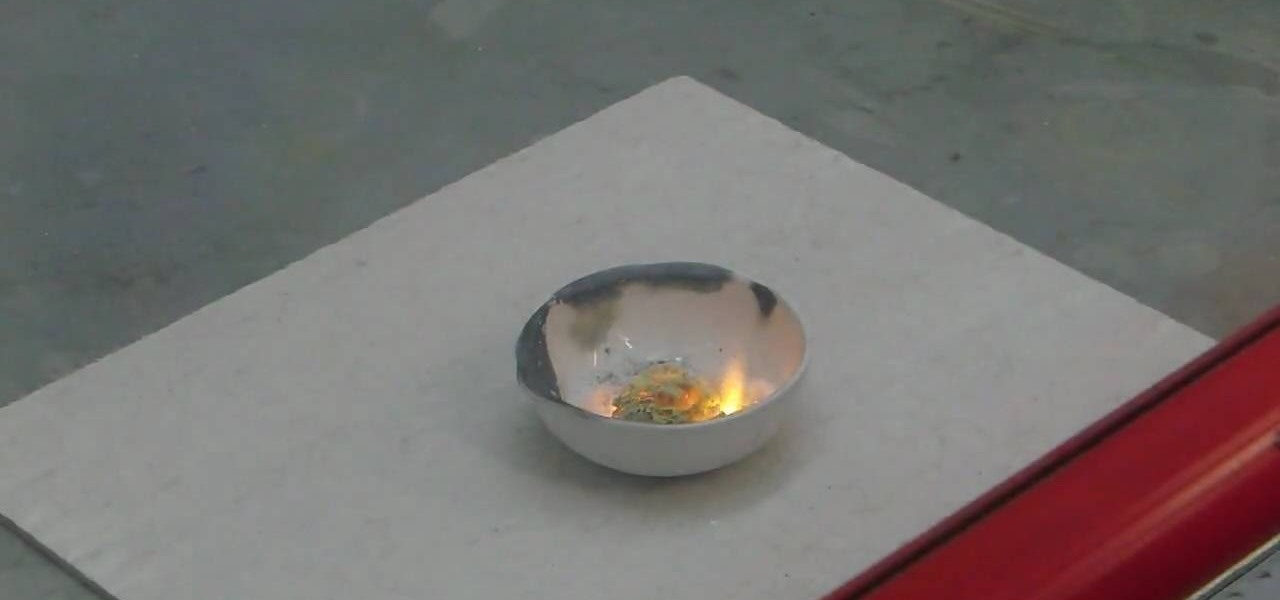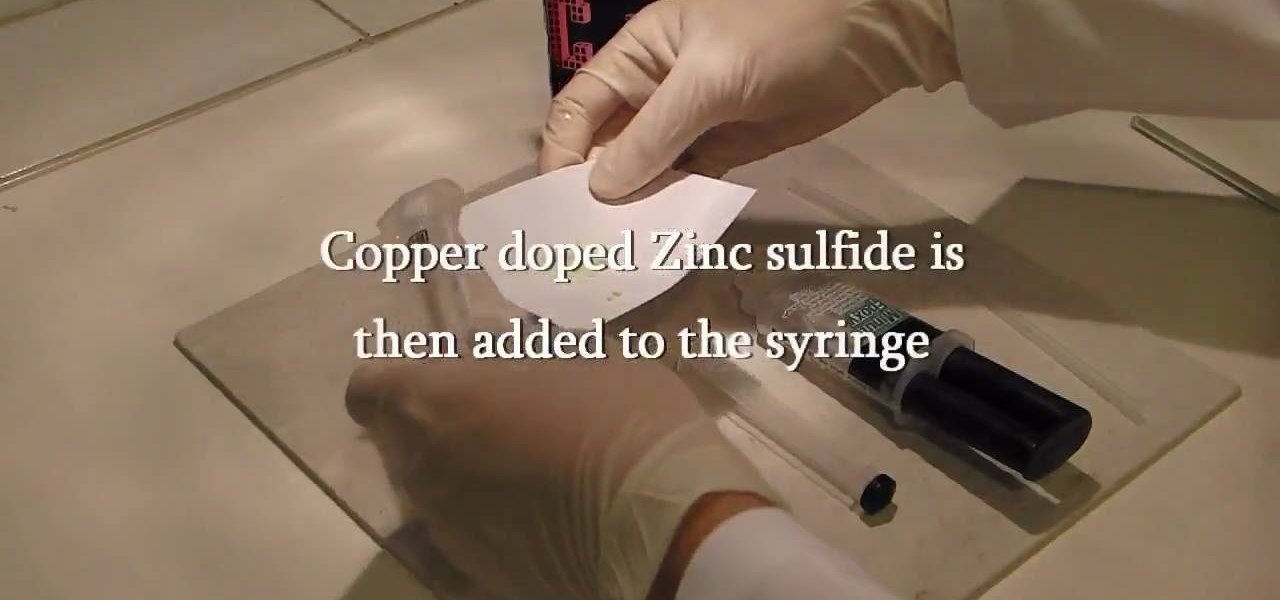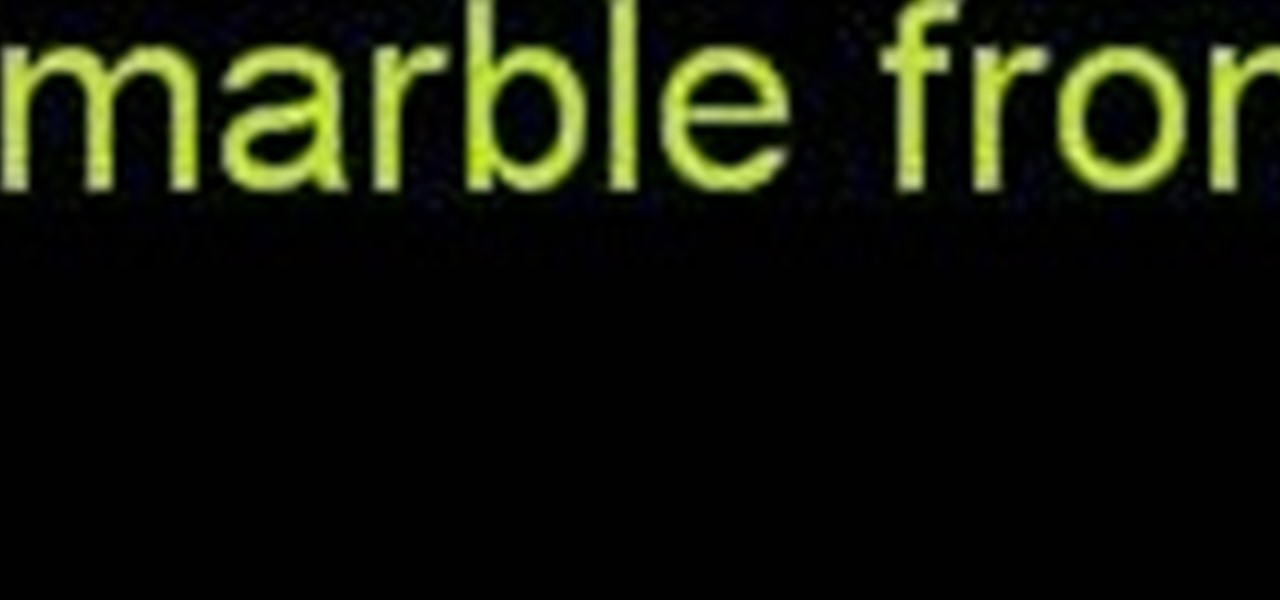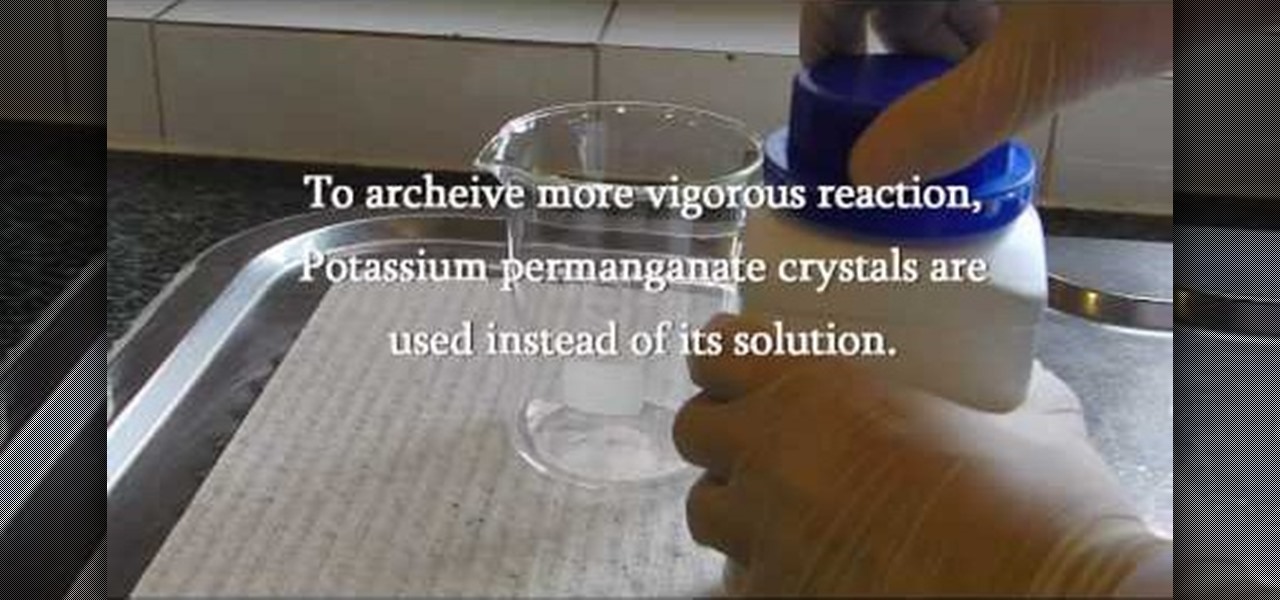
C For Chemistry delves into the chemistry of science experiments. This chemist knows what he's talking about. These chemistry experiments are not only fun, but very educational for all of those interested in scientific chemical reactions and properties.
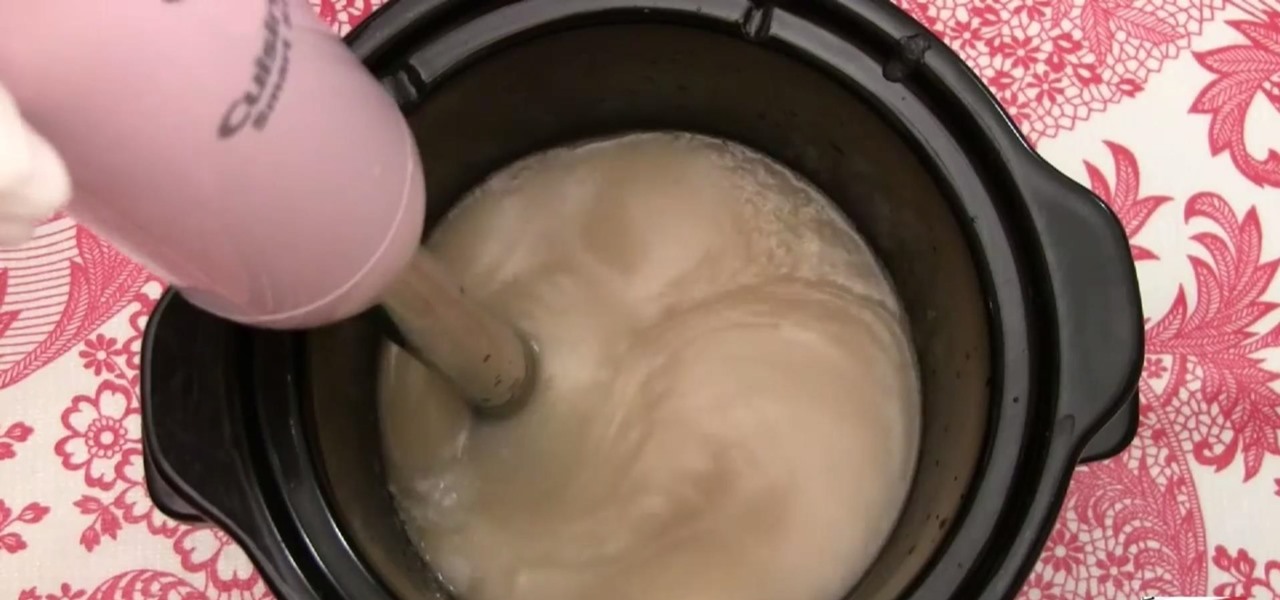
Unless you're a high-schooler building a nuclear fusion reactor, the hardest part of a science investigatory project often is coming up with a good idea. You want it to be cool yet feasible, novel but still useful.
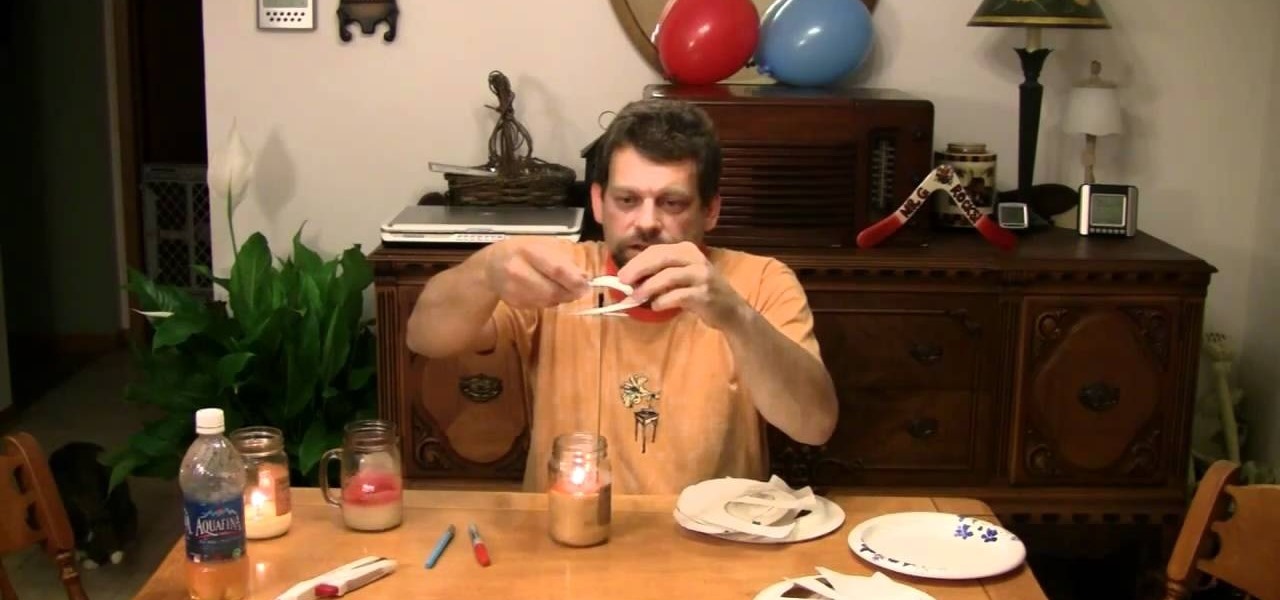
Know someone who's full of hot air? Grab them and make a heat motor with this cool home science experiment with Mr. G. When air is heated, it rises. This experiment uses that natural law to create a simple, spiraling heat 'motor'.

Want to know why the sky is blue during the daytime and red during the evening and morning? A simple experiment is all that is needed.

In this Education video tutorial you will learn how to conduct a viscous remanent magnetization (VRM) experiment. The purpose of this experiment is to measure the VRM decay vs time. You have to take two Orbo rotor magnets and mount them on a base. Mount two samples of the ferromagnetic tore used in the Orbo motor for the stator coils on a rotating disk. The disk can be rotated by a simple brushless motor. When the ferromagnetic core moves in front of the static magnet, an optical sensor detec...
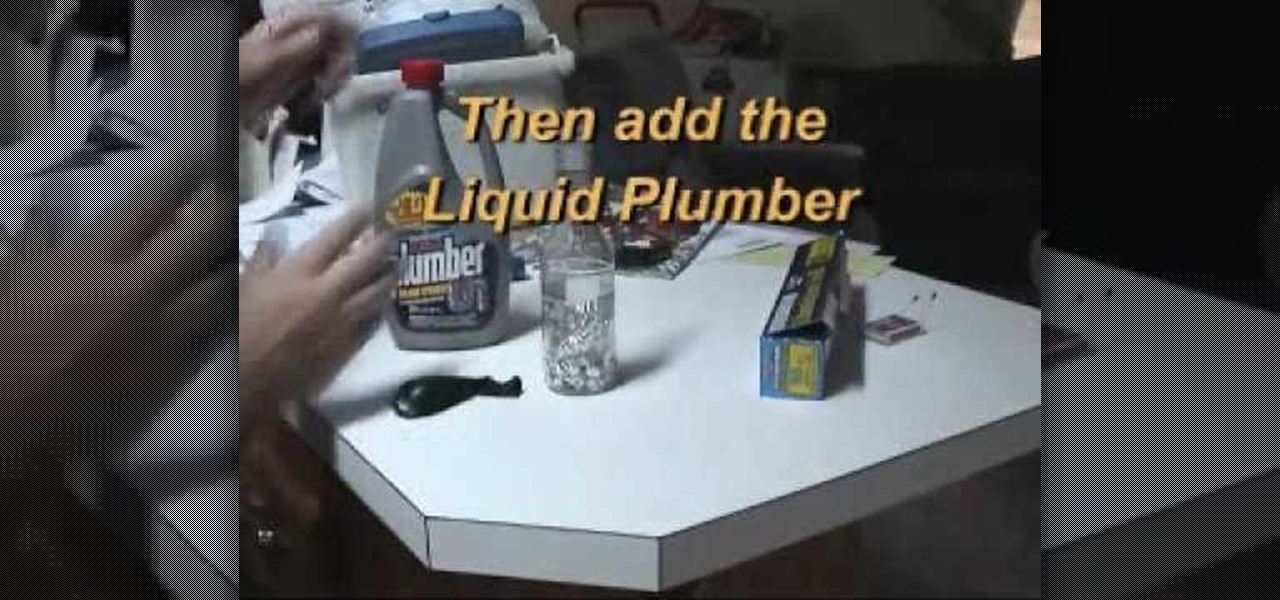
Learn how to make hydrogen with some household chemicals and items. This experiment is dangerous, so please exercise caution. You will use Liquid Plumr for this science experiment, and be warned, Liquid Plumber and hydrogen are dangerous, maybe not the aluminum foil, but the chemicals, definitely. Fill a balloon with it and watch it explode with a close match.

Love doing science experiments? Want to impress your friends with your science skills and look good? Then you must watch this video.

This is a dry ice experiment for Halloween fun with bubbles. Mr Brunner shows us how to grow dry ice bubbles in buckets. This experiment is super easy and very interesting. You need soap, cloth strips and a big bowl. Oh and of course dry ice. This takes a couple of minutes to explode so be patient.

Steve Spangler shows a science experiment in which a glass of water is able to suspend a card in mid air.

While the concepts of molecule interaction, zero force and energy states might be a little beyond an elementary school science fair's scope, the basic idea of water's capabilities and naturally prepared access to animals and insects that rely on it as a habitat is certainly worth the time. Learn how to duplicate this natural phenomenon in this free video clip series with our expert Scott Thompson as he demonstrates the occurrence of water skin or skin tension, and shows you and your children ...

In this rapid fire video, Mr. G introduces us to the idea of atoms, static electricity, and opposing charges. We've all seen a balloon pick up static electricity from a wool sweater and stick to a wall, but watch how the same charged balloon can bend water! For this experiment you'll need a balloon, a wool sweater and a running tap.

This free video science lesson from YouTube's Mindpaint demonstrates a simple technique for creating a tornado within a soda bottle. For all of the relevant details and detailed, step-by-step instructions, as well as to get started trying this experiment yourself, watch this home-science how-to.

This free video science lesson from Jefferson Lab demonstrates a simple technique for demonstrating the polarity of the water molecules. For all of the relevant details and detailed, step-by-step instructions, as well as to get started trying this experiment yourself, watch this home-science how-to.

This free video science lesson from Northern Kentucky University demonstrates a simple experiment for comparing the density of ice—frozen water—to vegetable oil. For all of the relevant details, including a list of necessary materials, full step-by-step instructions, and a complete demonstration of the experiment itself, take a look.

The scientific method is one of the great constructs of modern academic thought. If followed rigorously it makes science as accurate as any general procedure can make it. Watch this video to learn the steps of the method and how to use it to conduct your own experiments.

In this video Mr.G puts a new spin on magnets and bare copper wire with just a simple battery. Motion via magic? Not quite, but pretty darn close! Join Mr. G, and build your own motor with its own unique new spin. This is a fun, easy, do it at home experiment.

This video is based on a chemistry experiment. This video is going to explain to us how to use gravimetric analysis in order to analyze sulfuric acid. This experiment should not be done for those who do not have a fundamental knowledge of chemical compounds, reactions and chemical safety. He explains first what he is about to do before he does it. Sulfuric acid is acidic and can be toxic if ingested or in contact with the eyes. Take extreme care with this experiment.

This simple experiment will have you rubbing your eyes in disbelief. Make a glass bottle disappear with a lot of glycerin and another glass cup. The results are pretty astonishing. This is a fun experiment to try for yourself, or show off to other people.

In this Household Hacker experiment, we'll demonstrate how to completely remove scratches from your CD or DVD media.

Want to see what happens when baking soda and vinegar become mixed together? Well, this science video tutorial will show you how to do a baking powder and vinegar carbon dioxide experiment.

Check out this instructional science video that demonstrates how to perform the "Lost Labels" experiment. From the Oregon Museum of Science and Industry's teacher curriculum, "No Hassle Messy Science with a Wow", this is an activity about identifying mystery chemicals. You have an array of unknown powders in miscellaneous jars, and the idea is to try to have your students figure out what are all these mysterious white powders. Learn how to perform the Lost Labels science experiment by followi...

Check out this instructional science video that demonstrates the details about the activity density rainbow. From the Oregon Museum of Science and Industry's teacher curriculum, "No Hassle Messy Science with a Wow", this is an activity demonstrating liquids with different densities. Perform the activity density rainbow experiment by watching the step by step instructions in this science tutorial video!

Check out this instructional science video to learn how to make a steel wool soap pad ignite. Using a 9v battery, touch the Brillo pad to make the steel wool ignite. This is a simple science experiment following step by step the instructions in this video tutorial, trying out for yourself. This is a great experiment to perform with the kids.

Conduct a fluorescent pickle experiment with tips from this video. Try not to kill or maim yourself with the electricity. Make sure to have paper towels

Notice: This is probably not new to many people. This *IS* new for some people however, and meant for them! Post interesting cameras you find.

This video shows you how to make and experiment with a mobius strip. There is no magic used with this strip.

Bernoulli's Principle states that when an incompressible fluid moves through different sizes of tube, the fluid's speed changes. This simple do it yourself science experiment presented by Mr. G shows this plain and simple.

In this Family video tutorial you will learn how to make a lava lamp as a cool science experiment for kids. For this project you will need food coloring, water, vegetable oil and antacid pills. Take a bottle and fill quarter of the bottle with water. Fill up the rest of the space with oil. The water and oil will remain separate. Now drop food coloring in to the bottle. Each color will behave differently. For example, green settles at the bottom, yellow stays in the middle, red dissolves right...

One of the most famous and repeated chemistry experiments involves money. Some would say this is more of a trick than an experiment, but you can be the judge of that. No one can just turn pennies into silver or gold coins, but someone with a few chemicals can. So, if you want to cooler cents in your pocket, try out this chemistry trick yourself. Nurd Rage (Dr. Lithium) shows you how to turn pennies into silver and gold coins using zinc.

In this Education video tutorial you will learn how to do a cool volcano experiment at home. You will need a bottle of tonic water, mentos and some paper. Wrap the paper around the mentos to make a tube for releasing the mentos in to the bottle. Now pour about half a packet of mentos in to the paper tube and prevent them from falling off with your finger. Now open the bottle of tonic water and release all the mentos from the paper tube in to the bottle all at once. The tonic water will gush o...

C For Chemistry delves into the chemistry of science experiments. This chemist knows what he's talking about. These chemistry experiments are not only fun, but very educational for all of those interested in scientific chemical reactions and properties.

In this how to video we show you how to utilize a pen and paper to conceal a small cheat sheet right under your nose but out of view from everyone else.

In this video we show you how to take a normal eraser and turn it into a cheating device. As usual, we will do this by taking a common object that no one will think twice about and altering it to fit our needs. Cheating on tests is a serious offense - be careful!

You may remember the recipe for a basic non-Newtonian fluid from grade school science experiments (one part water to one and one third part corn flour or cornstarch), but those trials probably stopped at squeezing the mixture in your hands. While a regular fluid's viscosity wouldn't allow you to walk on it, a little bit of technique and the magic of physics will have you walking on a non-Newtonian fluid as well as Jesus. This video science experiment shows how to use 50kg of corn flour/cornst...

From Ramanujan to calculus co-creator Gottfried Leibniz, many of the world's best and brightest mathematical minds have belonged to autodidacts. And, thanks to the Internet, it's easier than ever to follow in their footsteps (or just finish your homework or study for that next big test). With this installment from Internet pedagogical superstar Salman Khan's series of free math tutorials, you'll learn how to unpack and solve word problems involving a mixture of two or more substances.

Need to know how to solve algebraic word problems involving age? From Ramanujan to calculus co-creator Gottfried Leibniz, many of the world's best and brightest mathematical minds have belonged to autodidacts. And, thanks to the Internet, it's easier than ever to follow in their footsteps (or just finish your homework or study for that next big test). With this three-part installment from Internet pedagogical superstar Salman Khan's series of free math tutorials, you'll learn how to unpack an...

C For Chemistry delves into the chemistry of science experiments. This chemist knows what he's talking about. These chemistry experiments are not only fun, but very educational for all of those interested in scientific chemical reactions and properties.

Make a reusable glow stick, glow-in-the-dark-style! Imagine, you'll never have to buy one of those ChemLite's again, because you can reuse this homemade glow stick over and over again. This video tutorial will show you how to make a permanent, reusable glow stick. The materials in this experiment are simple: epoxy resin, straw, and some phosphor powder.

The tradition of using cutting edge technology to prepare for missions in space, in this case, augmented reality, continues with a new team of international astronauts slated to board the International Space Station (ISS) later this year.

From Ramanujan to calculus co-creator Gottfried Leibniz, many of the world's best and brightest mathematical minds have belonged to autodidacts. And, thanks to the Internet, it's easier than ever to follow in their footsteps (or just finish your homework or study for that next big test). With this installment from Internet pedagogical superstar Salman Khan's series of free math tutorials, you'll learn how to unpack and solve word problems involving events and outcomes.








